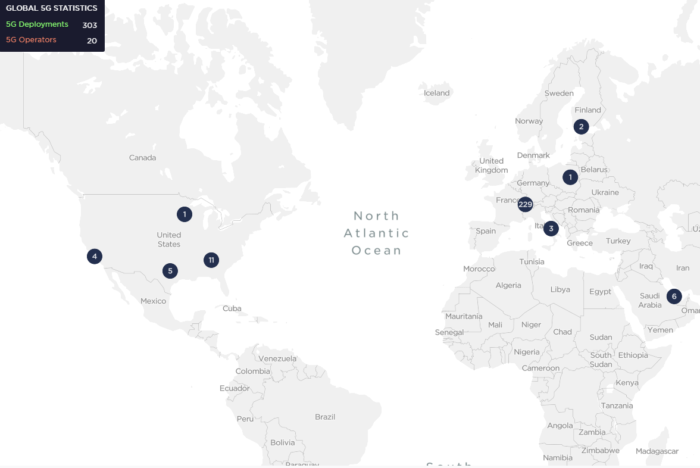
It took the pandemic to drive the issue home. But there have been pockets of poor coverage in cities too, either because the infrastructure was missing or antiquated or the internet service wasn't affordable. Government leaders have noted digital divides affecting rural areas especially, because the infrastructure costs for private providers to extend high-speed networks is prohibitive.

It's utilizing the same location-based technology that supports ride shares and food-delivery services.Īnd when a local government wants to know how internet speeds relate to household income, the number of people per household, and the ages of household members, "mapping all of that is really the only thing that can provide a picture of what's happening across their community," Darr said. It's how Ookla can show what internet speeds people are experiencing and where. "That's why we have such an extraordinary amount of data that's so precise," said Bryan Darr, vice president of smart communities at Ookla. This vast network enables users to test while connected to a nearby server, which means that the speeds measured are a more accurate reflection of what their ISP provides.

There are more than 16,000 of these servers around the world, with more than 1,600 in the US. Upon being opened, Ookla's app connects, via the user's internet service provider, to the nearest Ookla Speedtest server. More than 50 million unique devices in the US have downloaded the app on Apple and Android devices. The Speedtest data Ookla collects is entirely crowdsourced.


 0 kommentar(er)
0 kommentar(er)
